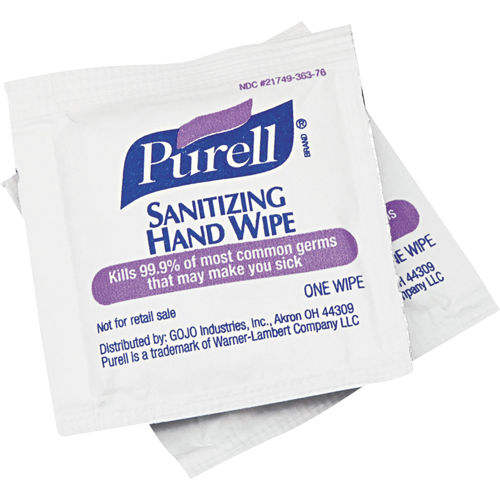What is the very FIRST thing you should do when entering a new hotel room?
Clean and disinfect it. This post will show you how. 
If you’re reading this, you probably spend a lot of nights in hotel rooms. And if you’re anything like me, during the busy speaking months, you shake a lot of hands, spend a lot of time on airplanes, sleep in strange beds, and. . . catch a lot of colds.
Some of this is unavoidable.
But it seems that you CAN reduce the risk of catching a cold by de-germing and disinfecting the places where you’ll be spending a lot of time, particularly airplanes and hotel rooms. I read an interesting article in Real Simple magazine that suggested a step-by-step routine to cleaning your hotel room at the very beginning of your stay. I’d already started keeping a healthy stack of single-use disinfectant wipes with me, and generally try to wipe down the surfaces I’ll be touching on airplanes. (Hey, I have no way of knowing what disease the last guy sitting in my seat rubbed all over the armrests, buckle, or tray.)
This information can help keep you safe and free from dangerous or disgusting illnesses and parasites. I’ve been following many of these rules for a decade and am confident that I catch fewer colds than I did when I had a less rigorous attitude. Excerpted from Real Simple:
How to Degerm a Hotel Room
Leery of what might be lurking on that bedspread? You probably should be. Microbiologist Philip M. Tierno, Ph.D., a professor of microbiology at the New York University School of Medicine, in New York City, helps fend off the filth. (Warning: This is not for the faint of heart.)
What should be in our suitcase to help handle germs?
Pack a travel-size Lysol disinfectant spray, some alcohol (or disinfecting) wipes, slippers, and a clear plastic bag.
OK, we’ve stepped into the hotel room. What’s first?
Wash your hands. You’ve probably turned a doorknob, pushed an elevator button, and handled money. Up to 80 percent of infections are transmitted by hands—and tons of people have touched that doorknob, elevator button, and cash—so it’s important to eliminate any potential pathogens on your hands before you contaminate everything else in the room. Don’t eat, drink, or touch your face until you’ve washed up.
Then what?
Inspect the room, starting with the bathroom, which is the biggest source of germs. With a tissue, lift the toilet seat and spray both sides of the seat with Lysol, even if it looks spotless. Wash glasses or mugs with hand soap and hot water if they’re not sealed in a wrapper, and leave them open-side up to dry. The same goes for ice buckets without plastic liners. Next, use alcohol wipes on frequently touched hot spots: faucets, the toilet lever, doorknobs, light switches, the phone, the clock radio. Don’t bother trying to clean the crevices of the remote control. Instead slide it into a clear plastic bag. Use it this way during your stay, inside its protective cover.
And the bed?
Don’t sit or place any belongings on the bed until you’re sure it’s parasite-free.
Any other areas to avoid?
Hands off the drapes.
What should you do before bathing?
Before a shower, squirt shampoo in the tub and run the water on hot
What’s the worst illness you can contract from hotel-room germs?
You could catch anything from a norovirus to a cold to a staph skin infection
How can you make sure that the room you’re booking is clean?
People think a higher-end hotel guarantees cleanliness, but that’s not always the case.
Read the whole Real Simple article here:

 Get updates by email!
Get updates by email!